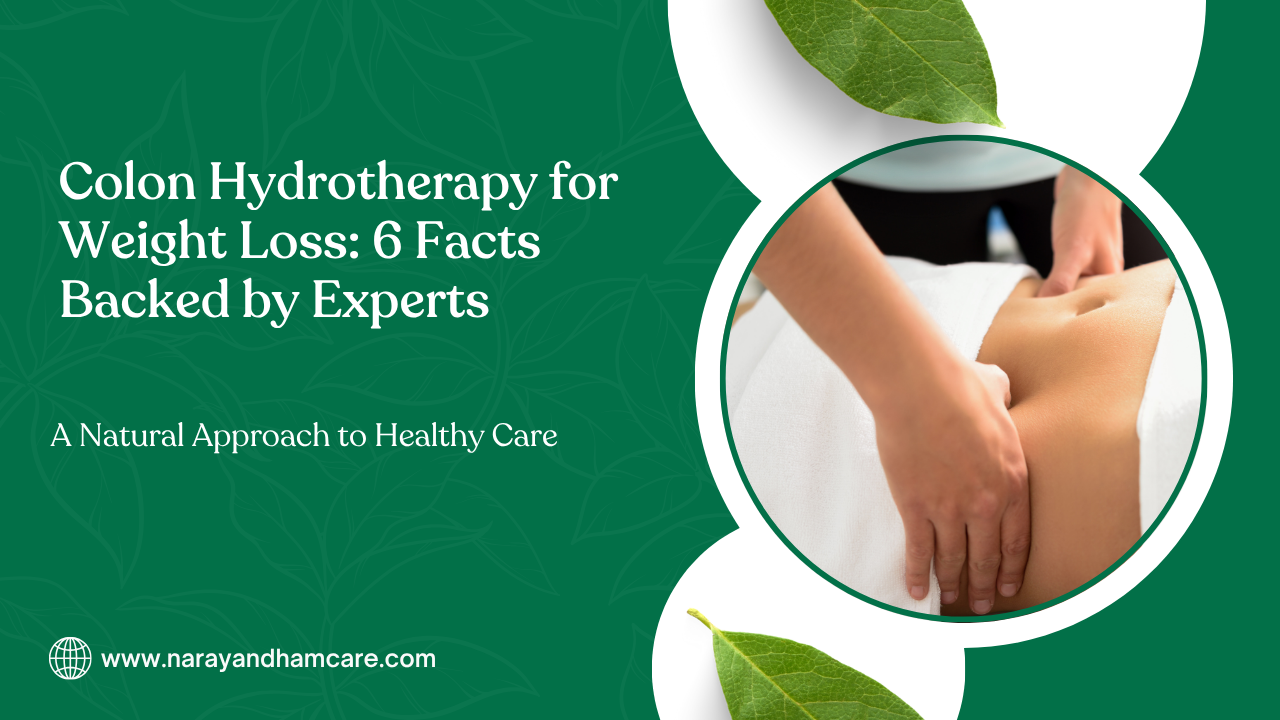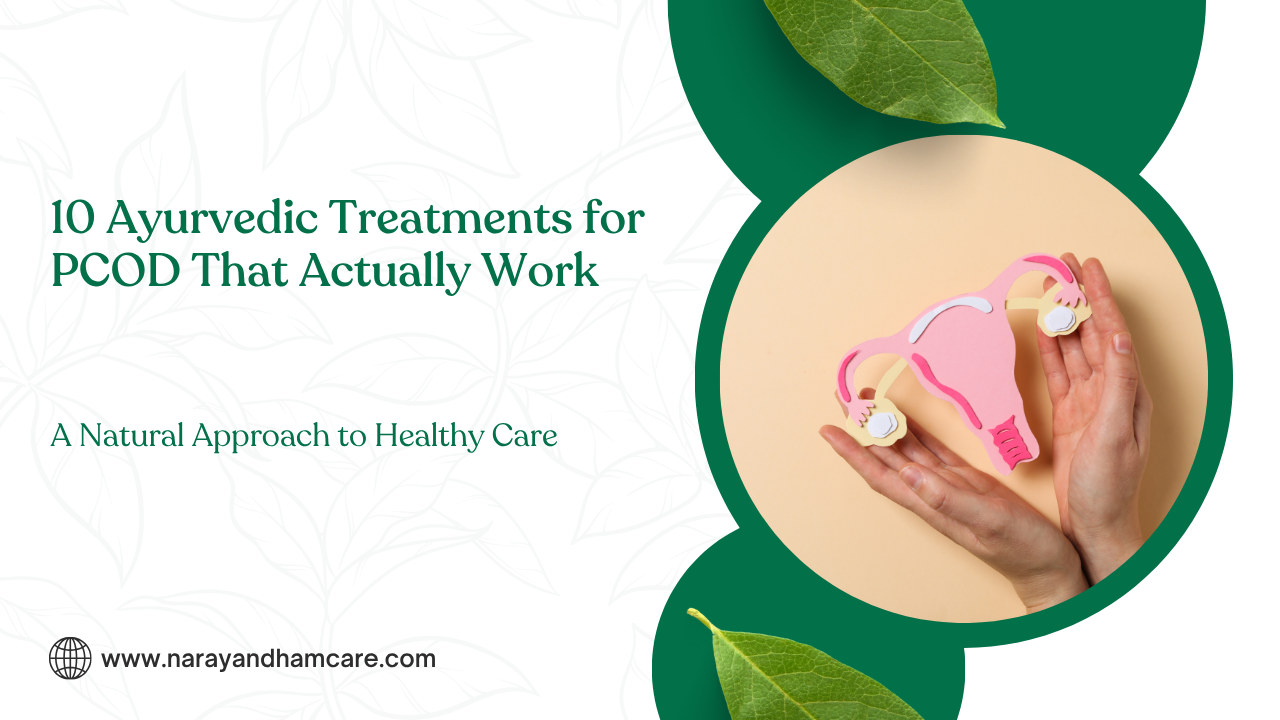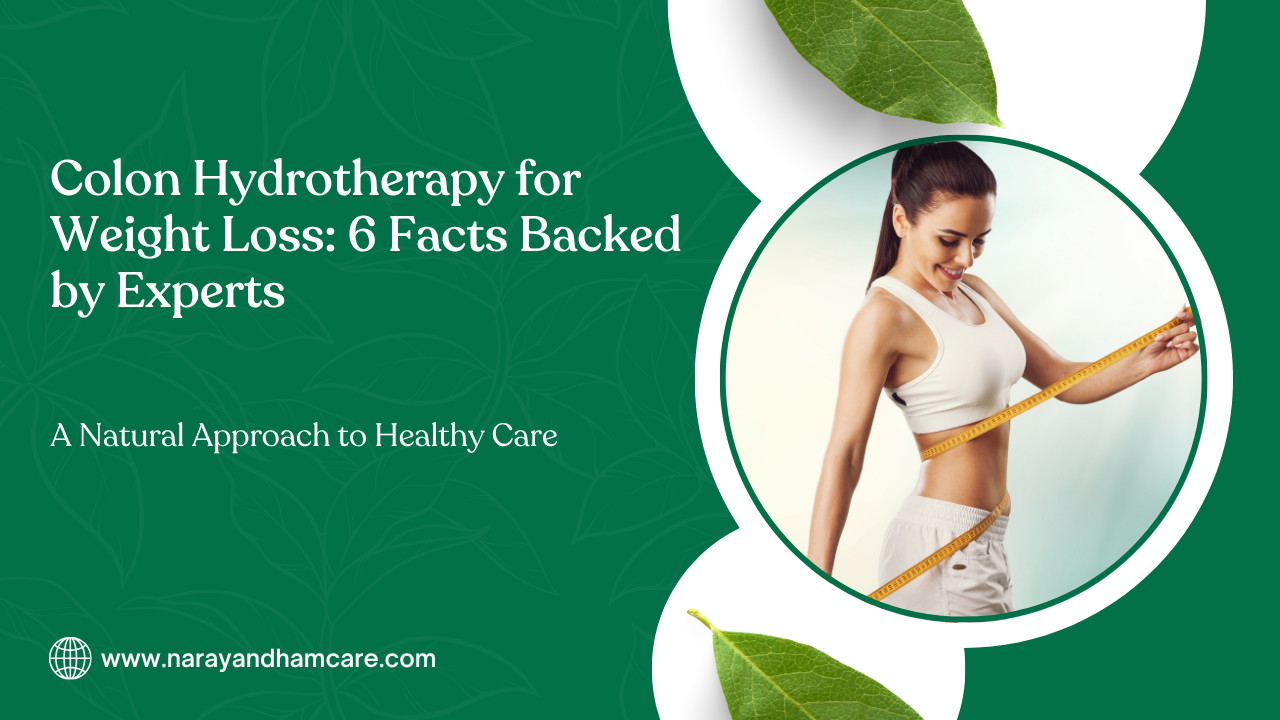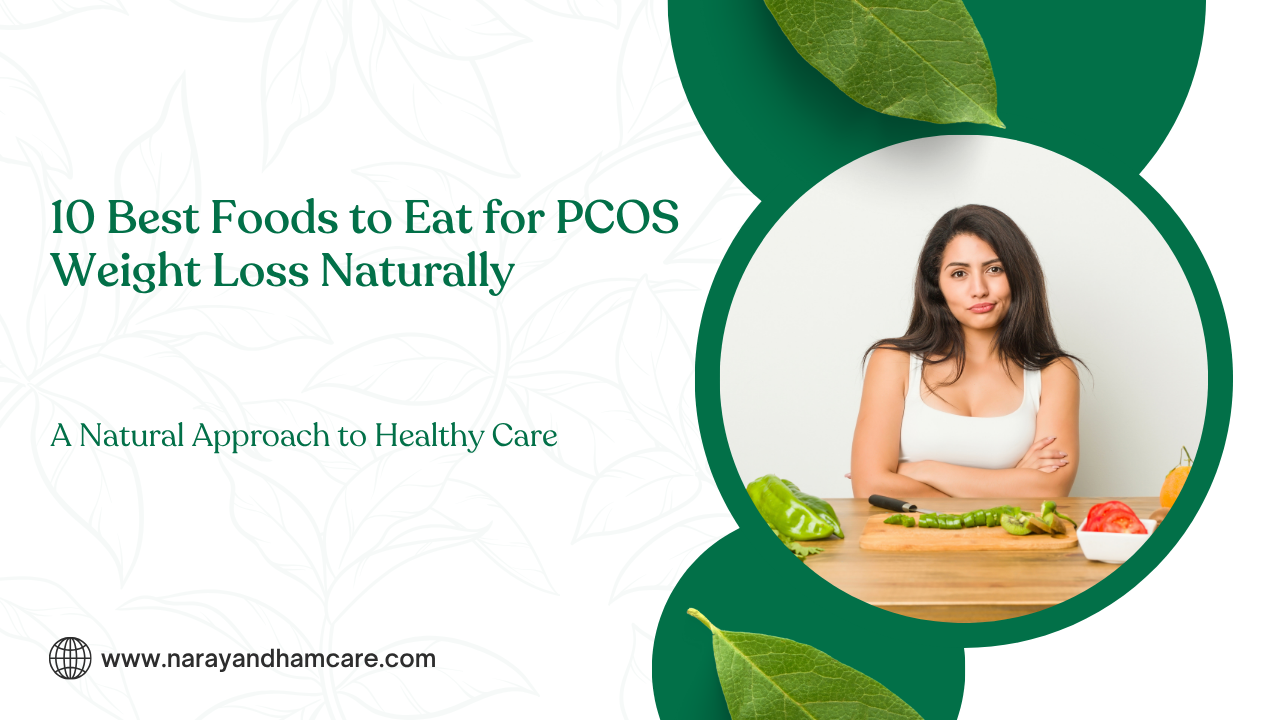PCOD vs PCOS: Introduction
Many women feel confused when they hear the terms. These two health conditions sound similar, but they are not the same.
affect the ovaries, periods, hormones, and fertility. They can also cause acne, weight gain, and hair problems. However, their causes, symptoms, and treatments are different.
Understanding the difference between can help you make better health choices, get proper treatment, and improve your lifestyle naturally.
In this blog, we will explain what are, their key differences, common symptoms, natural solutions, and FAQs – all in simple language.
Problem
More and more young women are now facing hormonal problems like irregular periods, unwanted hair, acne, and infertility. This is often due to lifestyle changes, stress, poor diet, and lack of exercise.
Many of them are told they have – but they don’t know the difference. Some even think they are the same thing.
This confusion leads to wrong treatments, fear, or no action at all.
That’s why it’s important to know:
- How they affect your body differently
- What natural steps can help manage them
Symptoms
Both conditions affect the female reproductive system, and they share some common signs. But they are not always the same.
Common Symptoms
- Irregular or missed periods
- Weight gain or difficulty losing weight
- Acne, especially on the face or back
- Excess facial or body hair (hirsutism)
- Thinning hair or hair loss from the scalp
- Trouble getting pregnant
- Oily skin and mood swings
These symptoms can be mild or severe. Every woman’s body reacts differently.
PCOD vs PCOS: 5 Key Differences
Let’s look at the five most important differences :
1. Full Form and Nature
- (Polycystic Ovarian Disease):
A condition where the ovaries release immature or partially mature eggs. These eggs turn into cysts (small sacs filled with fluid).
Ovaries may become swollen. It is not a serious disease and can be managed with lifestyle changes. - (Polycystic Ovary Syndrome):
A hormonal disorder where the body produces more male hormones (androgens) than normal. This creates a hormone imbalance, leading to ovulation problems and multiple cysts in the ovaries.
It is more serious and complex
2. Cause of the Condition
- is mainly due to lifestyle issues – poor diet, lack of exercise, stress, and pollution. It is very common.
- is often due to hormonal imbalance, genetics, or insulin resistance. It may need longer treatment.
Keywords: lifestyle disorder, hormonal imbalance, causes
3. Effect on Fertility
- may not affect fertility in all cases. Many women with can conceive naturally with simple changes in diet and lifestyle.
- can cause more serious ovulation problems and may make it harder to get pregnant without medical help.
Keywords: and pregnancy, and infertility, fertility issues
4. Number of Cysts
- shows multiple immature egg cysts, but ovaries still function normally.
- may or may not show cysts. It is more about hormone levels than cysts alone.
Keywords: cysts , polycystic ovaries, ovarian cysts and hormones
5. Long-Term Health Risks
- usually does not have serious long-term risks if managed early.
- increases the risk of diabetes, heart disease, high blood pressure, and uterine cancer if not treated.
Keywords: health risks, long-term effects of, is serious
Natural Solution
Step 1: Follow a Hormone-Friendly Diet
- Eat more fresh fruits, vegetables, whole grains, and good fats like ghee and coconut oil.
- Avoid sugar, fried foods, and junk food.
- Choose low GI foods (like brown rice, dal, quinoa) to balance insulin.
Keywords: diet plan, foods to avoid, natural diet for hormonal balance
Step 2: Exercise Daily
- Try walking, yoga, or light workouts for 30–45 minutes daily.
- Yoga asanas like Surya Namaskar, Bhujangasana, and Setu Bandhasana are helpful.
Keywords: yoga for workout, exercise for hormonal health
Step 3: Sleep Well and Reduce Stress
- Sleep at least 7–8 hours daily.
- Practice deep breathing, meditation, or Shirodhara to calm the mind.
Keywords: natural stress relief, sleep routine, Ayurvedic therapy for hormones
Step 4: Use Natural Remedies
- Ashwagandha, Shatavari, and Spearmint tea are good for balancing hormones.
- Triphala and Aloe Vera juice can support detox and digestion.
- Always consult an Ayurveda expert before starting herbs.
Keywords: Ayurvedic remedies for, herbal treatment for natural cure
Step 5: Get Regular Check-ups
- Track your periods and symptoms.
- Get hormone tests or ultrasound if needed.
- Early diagnosis helps in better treatment.
Frequently Asked Questions (FAQ)
Q1. Can PCOD turn into PCOS?
A: No, they are different conditions. PCOD is a milder lifestyle issue, while PCOS is a deeper hormonal disorder.
Q2. Can I get pregnant with PCOD or PCOS?
A: Yes. Women with usually can conceive naturally. Women with may need help from a doctor but many go on to have healthy pregnancies.
Q3. Which is more serious: PCOD or PCOS?
A: more serious because it affects hormones, fertility, and long-term health. is more common and easier to manage.
Q4. Is PCOD or PCOS curable?
A: There is no quick cure, but both conditions can be managed with natural lifestyle changes and regular care.
Q5. What is the best diet for PCOS/PCOD?
A: A balanced, low-sugar, high-fiber diet with healthy fats and plant-based foods is ideal.
Conclusion
PCOD and PCOS are two different health problems that affect women’s hormones and ovaries. While they share some signs, the causes, seriousness, and treatments are not the same.
is common and can be controlled easily with healthy habits. needs more attention and long-term care.
The good news is — both can be managed naturally with the right diet, exercise, Ayurvedic remedies, and self-care.
If you’re facing symptoms or feel unsure, consult a doctor or Ayurvedic expert for proper diagnosis. Early action makes healing easier.
Was this blog helpful? Have you or someone you know struggled Share your story or ask questions in the comments below!





